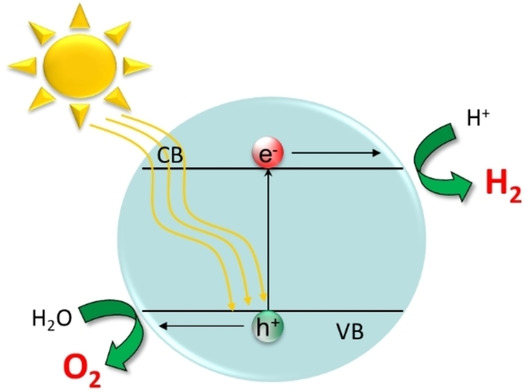
Breaking News
 Engineered backdoors in technology, have given intelligence agencies unfettered powers.
Engineered backdoors in technology, have given intelligence agencies unfettered powers.
 AI-Powered Robots Plant Trees in China's Deserts
AI-Powered Robots Plant Trees in China's Deserts
 Judge Temporarily Blocks DOJ From Using Evidence Proving James Comey's Guilt
Judge Temporarily Blocks DOJ From Using Evidence Proving James Comey's Guilt
 Offer Royale: Paramount-Netflix Bidding War For Warner Bros Heats Up In A Blockbuster Showdown
Offer Royale: Paramount-Netflix Bidding War For Warner Bros Heats Up In A Blockbuster Showdown
Top Tech News
 Build a Greenhouse HEATER that Lasts 10-15 DAYS!
Build a Greenhouse HEATER that Lasts 10-15 DAYS!
 Look at the genius idea he came up with using this tank that nobody wanted
Look at the genius idea he came up with using this tank that nobody wanted
 Latest Comet 3I Atlas Anomolies Like the Impossible 600,000 Mile Long Sunward Tail
Latest Comet 3I Atlas Anomolies Like the Impossible 600,000 Mile Long Sunward Tail
 Tesla Just Opened Its Biggest Supercharger Station Ever--And It's Powered By Solar And Batteries
Tesla Just Opened Its Biggest Supercharger Station Ever--And It's Powered By Solar And Batteries
 Your body already knows how to regrow limbs. We just haven't figured out how to turn it on yet.
Your body already knows how to regrow limbs. We just haven't figured out how to turn it on yet.
 We've wiretapped the gut-brain hotline to decode signals driving disease
We've wiretapped the gut-brain hotline to decode signals driving disease
 3D-printable concrete alternative hardens in three days, not four weeks
3D-printable concrete alternative hardens in three days, not four weeks
 Could satellite-beaming planes and airships make SpaceX's Starlink obsolete?
Could satellite-beaming planes and airships make SpaceX's Starlink obsolete?
Sun-run device turns dirty water into hydrogen fuel & drinking water

Because it works with any open water source and doesn't require external power, the device could be used in resource-limited or remote places.
Photocatalytic water splitting converts sunlight directly into storable hydrogen but often requires pure water and land for plant installation, while generating unusable waste heat. With water being a precious resource, a photocatalytic device that uses any untreated water source, such as a river, sea, water reservoir or industrial waste water, would be a more sustainable option.
So researchers from the University of Cambridge, inspired by the process of photosynthesis, created a solar-powered device capable of producing clean hydrogen fuel and clean drinking water simultaneously from polluted water or seawater.
"Bringing together solar fuels production and water production in a single device is tricky," said Chanon Pornrungroj, the study's lead author. "Solar-driven water splitting, where water molecules are broken down into hydrogen and oxygen, need to start with totally pure water because any contaminants can poison the catalyst or cause unwanted chemical side-reactions."
The researchers wanted to mimic a plant's ability to photosynthesize, but unlike previous devices that produced green hydrogen fuel from clean water sources, they wanted their device to use contaminated water, making it usable in regions where clean water is hard to find.
"In remote or developing regions, where clean water is relatively scarce and the infrastructure necessary for water purification is not readily available, water splitting is extremely difficult," said Ariffin Mohamad Annuar, a study co-author. "A device that could work using contaminated water could solve two problems at once: it could split water to make clean fuel, and it could make clean drinking water."

 First totally synthetic human brain model has been realized
First totally synthetic human brain model has been realized Mach-23 potato gun to shoot satellites into space
Mach-23 potato gun to shoot satellites into space

